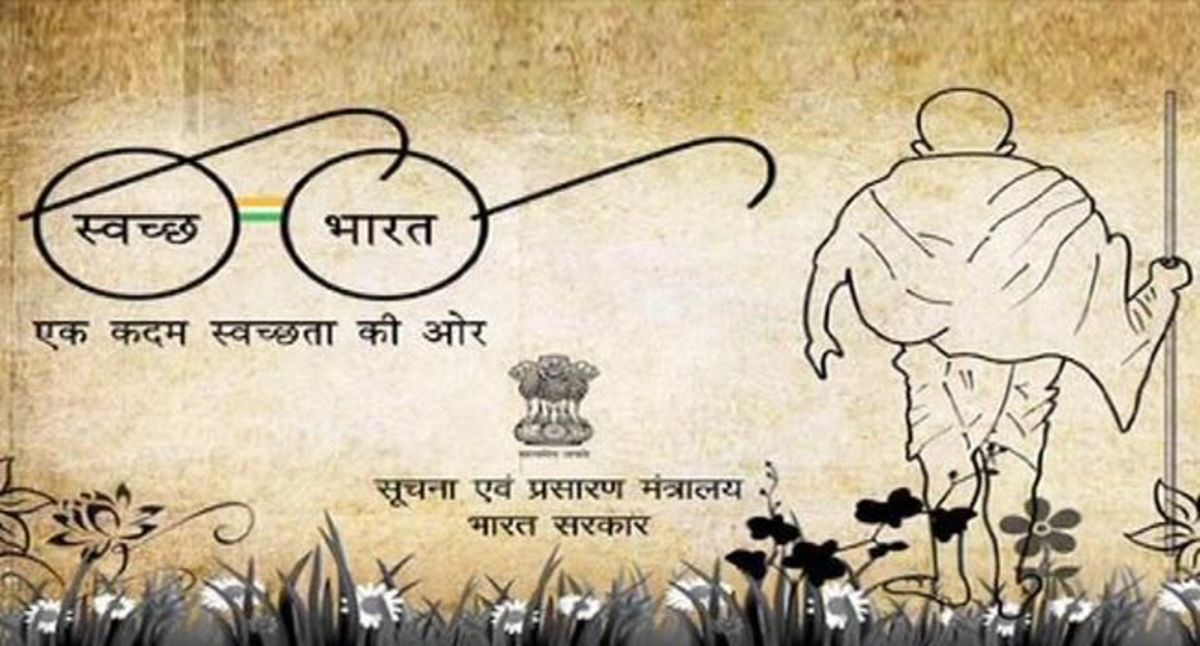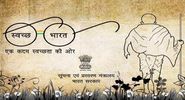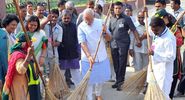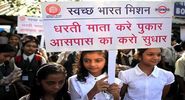-
About
- About Listly
- Community & Support
- Howto
- Chrome Extension
- Bookmarklet
- WordPress Plugin
- Listly Premium
- Privacy
- Terms
- DMCA Copyright
- © 2010-2024 Boomy Labs


 TrendingOnIndia
TrendingOnIndia
Listly by TrendingOnIndia
Prime Minister of India, Narendra Modi launched the Swachh Bharat Abhiyan or Clean India Mission on the birth anniversary of Mahatma Gandhi on October 2, 2014 at Rajghat in New Delhi.
Here are 7 facts you should know about the campaign:


Comedian Kapil Sharma, Former captain of Indian cricket team Sourav Ganguly, Former IPS officer Kiran Bedi, Padmanabha Acharya, Nagaland Governor Sonal Mansingh, classical dancer Ramoji Rao of Eenadu group and Aroon Purie of the India Today group

Major components of the goal:
a) Construction of individual sanitary latrines for households below the poverty line with subsidy (80 percent) where demand exists
b) Conversion of dry latrines into low-cost sanitary latrines
c) Construction of exclusive village sanitary complexes for women providing facilities for hand pumping, bathing, sanitation and washing on a selective basis where there is not adequate land or space within houses and where village panchayats are willing to maintain the facilities
d) Setting up of sanitary marts
e) Total sanitation of villages through the construction of drains, soakage pits, solid and liquid waste disposal
f) Intensive campaign for awareness generation and health education to create a felt need for personal, household and environmental sanitation facilities.
This would cover 1.04 crore households, provide 2.5 lakh seats of community toilets, 2.6 lakh seats of public toilets and solid waste management facility for all towns.
To give a fillip to the TSC, effective June 2003, the government launched an incentive scheme in the form of an award for total sanitation coverage, maintenance of a clean environment and open defecation-free panchayat villages, blocks and districts, called Nirmal Gram Puraskar.
Effective April 1, 2012, the TSC was renamed to Nirmal Bharat Abhiyan (SBA). On October 2, 2014 the campaign was relaunched as Swachh Bharat Abhiyan
